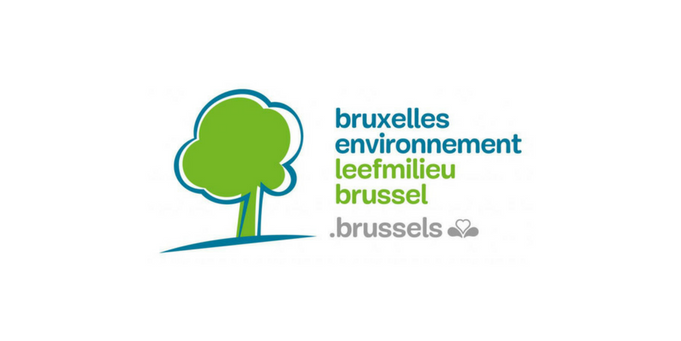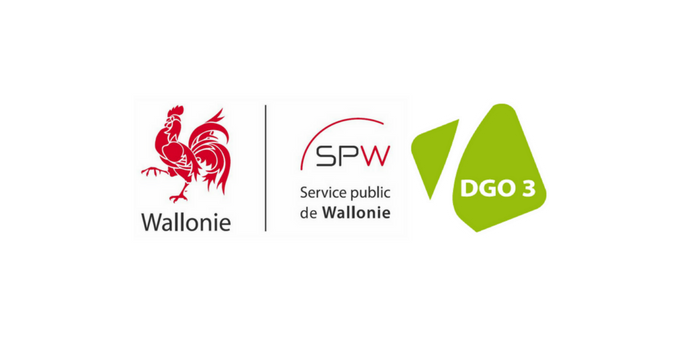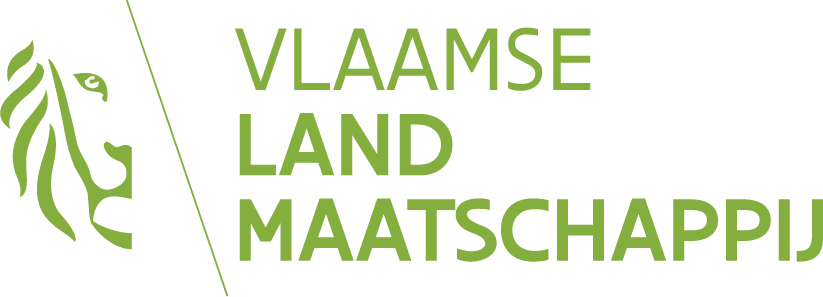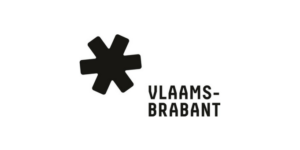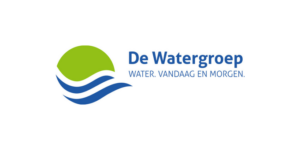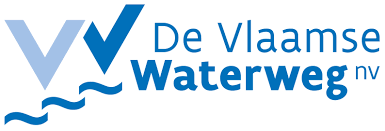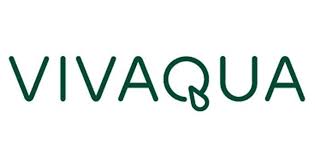The quality of Belgium’s waterways has greatly improved over the past 30 years, but the last mile is the hardest. With LIFE Belini (BELgian INItiative to make a leap forward to a good ecological status’), we are deploying additional resources from Europe in the Dijle, Zenne and Demer basin to bring water quality to a good ecological status. The project runs from 2016 to 2026 and is being carried out on behalf of the European Commission within the LIFE Integrated Projects programme for large-scale and strategic environmental projects.
What is LIFE Belini?
In total, the project carries out 40 actions in the Dyle, Zenne and Demer basin. About half of these (some €9 million) are financed from the LIFE Integrated Programme.
Mainly the water policy in Belgium is a regional matter (Flanders, Brussels, Walloon). The setting and approach in this project are therefore unique. LIFE Belini not only wants to improve the quality of the watercourses, but also the cooperation between the regions in order to achieve a good ecological status more quickly.
With our eight partners, we are focusing on three themes:
- Water quality
- Structural rehabilitation
- Reducing flooding and improving biodiversity.
LIFE Belini brought and brings together many entities, across regional borders. A project like LIFE Belini encourages to go beyond the interests of one’s own organisation and work together towards the goals of the Water Framework Directive (and the Floods Directive).
It is thanks to the work and cooperation of many partners that we achieved beautiful concrete results.



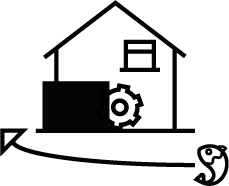



water storage facilities in cubic metres





What and why?
The LIFE Belini project is being carried out within the boundaries of the international catchment area of the Scheldt river. The population density in this area is one of the highest in Europe. This puts the water system under great stress. The entire area is prone to flooding. Furthermore, the surface and ground water in this district is seriously influenced by industry, and nutrients and pesticides from intensive agriculture. This makes it difficult to achieve good water standards.
This project incorporates a large number of different measures that not only improve the water quality, but also contribute to improved biodiversity and limit the risk of flooding.
Goal of the project
The project is focused on the basins of the Zenne, Dyle and Demer rivers. These catchment areas are representative of the entire Scheldt district. All water management problems that are typical for the catchment area of the Scheldt are also present here: stress from the urban area, erosion, stress from the agricultural sector, hydro-morphological changes, flooding risks, groundwater contamination, etc.
A number of actions aim to reduce contamination from agriculture and consequently improve water quality. Other actions improve the hydro-morphological conditions and have a positive effect on the amount of water. Besides this, there are also actions that improve the natural water storage within the project area, which results in a reduced risk of flooding. All actions have a positive influence on biodiversity in the waterways.



